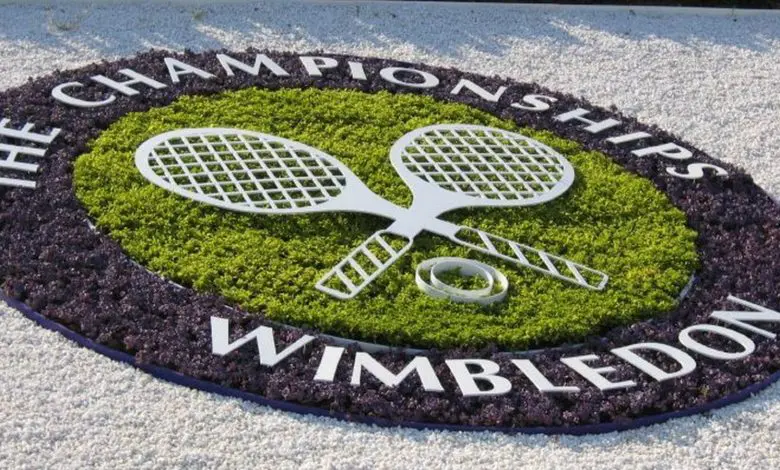
The Wimbledon Championships is the oldest tennis tournament in the world, and one of the most prestigious and well-known sporting events worldwide. Held annually at the All England Lawn Tennis and Croquet Club in Wimbledon, London, the tournament has a rich history dating back to the 19th century. From its humble beginnings to its current status as one of the most significant events in the tennis calendar, the history of Wimbledon is a fascinating journey of sporting triumphs and traditions.
Origins of Wimbledon
The origins of Wimbledon can be traced back to 1877 when the All England Lawn Tennis and Croquet Club was founded. Originally, the club’s primary focus was on croquet, and the first tennis court was added as an afterthought. However, tennis soon became popular, and in 1877, the club hosted its first tennis tournament, the Wimbledon Championship.
The inaugural tournament was a men’s singles event, and 22 players participated. Spencer Gore won the title, and the tournament was deemed a success. The ladies’ singles and gentlemen’s doubles events were added the following year, and mixed doubles were introduced in 1913.
In the early years, the tournament was held in late July and early August, with play taking place on grass courts. Wimbledon quickly became the premier tennis event in the world, attracting top players from around the globe.
In the early days of Wimbledon, women were not allowed to compete in the tournament until 1884. The first woman to win a Wimbledon singles title was Maud Watson in 1884. She defeated her sister Lillian Watson in the final to take home the title. Another notable rivalry during this era was between sisters Charlotte and Louisa Dod. The two sisters won a combined seven singles titles between 1888 and 1893, with Charlotte winning five of them.
The Golden Age of Wimbledon
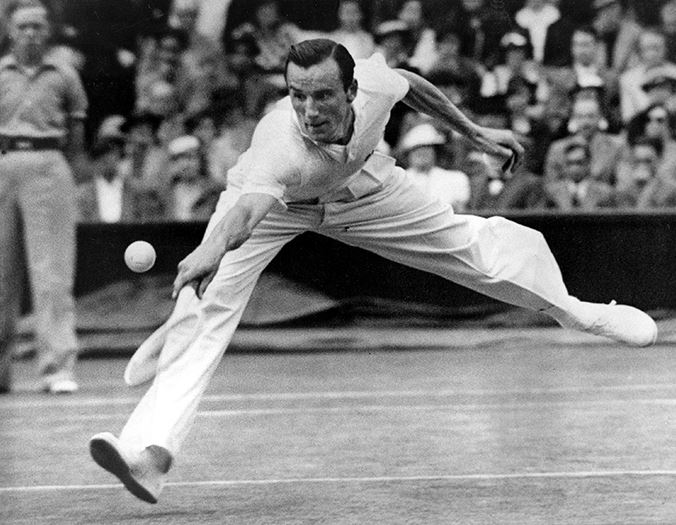
The early 1900s saw the emergence of some of the most iconic names in tennis history. Among them were Suzanne Lenglen, Bill Tilden, and Fred Perry, who all had a significant impact on the tournament’s history.
Suzanne Lenglen was a French tennis player who dominated the women’s game in the 1920s. She won six Wimbledon titles between 1919 and 1925, including a famous victory in the 1926 final, where she defeated Helen Wills Moody in a match that lasted only 28 minutes.
Bill Tilden was an American tennis player who won the Wimbledon men’s singles title three times in a row between 1920 and 1922. He was known for his powerful serve and backhand and was considered one of the greatest players of his time.
Fred Perry was a British tennis player who won three consecutive Wimbledon titles between 1934 and 1936. He was the last British player to win the men’s singles title until Andy Murray’s victory in 2013.
The 1920s and 1930s are considered the golden age of Wimbledon, and it was during this time that women’s tennis gained significant popularity. One of the most iconic women’s rivalries of all time was between Helen Wills Moody and Suzanne Lenglen. The two women met in the 1926 Wimbledon final, with Lenglen coming out on top. In 1933, the American player Helen Jacobs won her first Wimbledon singles title, which marked the start of her own rivalry with Hilde Sperling of Germany.
The Wimbledon Championships During World War II
The Second World War had a significant impact on the Wimbledon Championships. The tournament was suspended from 1940 to 1945, and the club’s facilities were used to support the war effort. During this time, the All England Lawn Tennis and Croquet Club was used as a Civil Defence and a Home Guard training centre.
When the tournament resumed in 1946, it was on a much smaller scale. Due to post-war austerity measures, the event was scaled down, and the prize money was reduced. However, the tournament still attracted top players, and in 1949, the ladies’ singles event was won by the American tennis player Louise Brough.
During World War II, the Wimbledon Championships were suspended from 1940 to 1945. In 1946, when the tournament resumed, it was the first time that both men’s and women’s singles events were held at the same time. The 1946 women’s final was won by Pauline Betz, who defeated Louise Brough in straight sets. Betz went on to win another Wimbledon title in 1947, cementing her place as one of the greatest female tennis players of all time.
The Open Era of Wimbledon
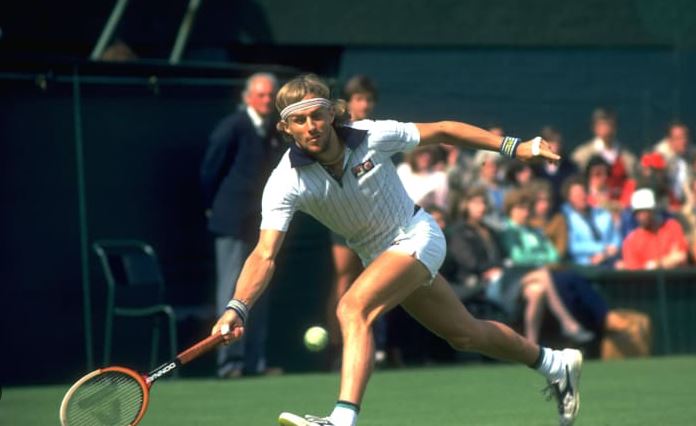
The 1960s saw the beginning of the Open Era of tennis, where professional players were allowed to compete in the Grand Slam events alongside amateurs. This new era brought about a significant change in the game and had a profound impact on Wimbledon’s history.
In 1968, the first Open Wimbledon Championships were held. It was the first time professional players were allowed to compete in the tournament, and it saw Rod Laver win the men’s singles title, defeating Tony Roche in the final.
The Open Era brought about a new level of competitiveness to Wimbledon, with more players competing for the title than ever before. The tournament also became more accessible to the general public
The Open Era of Wimbledon began in 1968 when the tournament opened its doors to professional players. This marked a significant turning point in women’s tennis as well, as female players were finally able to earn prize money on par with male players. During this era, Billie Jean King emerged as a dominant force, winning six singles titles between 1966 and 1975. She also famously defeated Bobby Riggs in the 1973 “Battle of the Sexes” match, which helped to promote women’s tennis and advance gender equality in the sport.
Wimbledon in the Modern Era
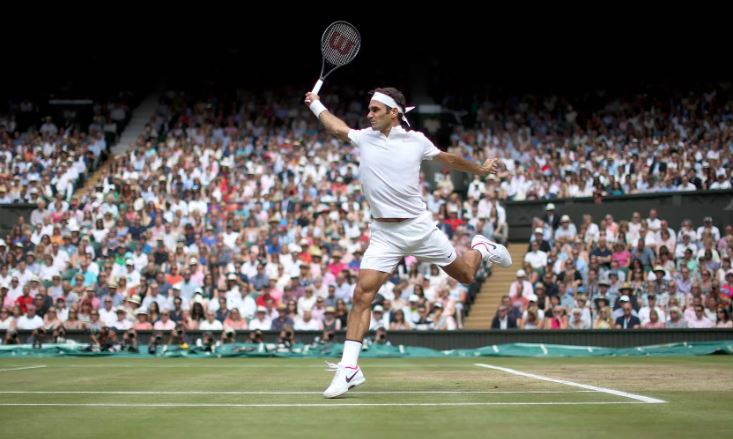
The modern era of Wimbledon has seen some of the greatest players in tennis history compete at the All England Club. From the dominance of Pete Sampras in the 1990s to the emergence of Roger Federer and Rafael Nadal in the 2000s, Wimbledon has continued to be at the forefront of the sport.
Pete Sampras won seven Wimbledon titles between 1993 and 2000, and his serve and volley style of play were perfectly suited to the grass courts. He was known for his cool, calm demeanour on court and was considered one of the greatest players of his time.
Roger Federer has also had great success at Wimbledon, winning eight titles between 2003 and 2017. His elegant style of play, combined with his excellent serve and backhand, have made him a fan favourite at the tournament.
Rafael Nadal has won two Wimbledon titles in his career, but his battles with Federer in the tournament are the stuff of legend. The pair have played each other in three Wimbledon finals, with Nadal winning in 2008 and Federer triumphing in 2006 and 2007. Their matches are some of the most memorable in the tournament’s history.
In the modern era of Wimbledon, women’s tennis has continued to produce some of the most iconic players and rivalries in the sport. The Williams sisters, Venus and Serena, have both won multiple Wimbledon singles titles and have faced off against each other in four Wimbledon finals. Other notable women’s rivalries in recent years include those between Maria Sharapova and Serena Williams, as well as between Simona Halep and Caroline Wozniacki.
The Future of Wimbledon
Wimbledon has always been a tournament steeped in tradition, and the All England Lawn Tennis and Croquet Club has been careful to maintain the tournament’s unique atmosphere and character. However, the club has also recognised the need to adapt and evolve to meet the demands of the modern era.
In recent years, there have been several changes to the tournament. In 2019, a new retractable roof was installed over Court One, adding to the existing roof over Centre Court. This means that matches can continue in inclement weather, ensuring that the tournament stays on schedule.
There have also been changes to the tournament’s scheduling, with the introduction of a day off on the middle Sunday. This allows the grass courts to rest, reducing the wear and tear and ensuring that the courts remain in the best possible condition throughout the tournament.
As Wimbledon looks towards the future, it remains committed to promoting gender equality and providing equal opportunities for men and women in tennis. In 2007, Wimbledon became the last of the four Grand Slam tournaments to award equal prize money to male and female players. With new stars emerging and rivalries continuing to develop, the future of women’s tennis at Wimbledon looks bright.
In addition, the All England Lawn Tennis and Croquet Club has been proactive in its efforts to improve accessibility and sustainability. The club has introduced measures to reduce waste and carbon emissions, and it has worked to improve access for disabled spectators.
Conclusion
The history of Wimbledon is a testament to the enduring appeal of tennis and the unique character of the tournament. From its humble beginnings in the late 19th century to its current status as the oldest and most prestigious tennis tournament in the world, Wimbledon has captured the hearts and imaginations of fans around the globe.
Over the years, the tournament has seen some of the greatest players in tennis history compete on its hallowed grass courts. From Suzanne Lenglen to Roger Federer, the All England Lawn Tennis and Croquet Club has been the stage for some of the most memorable matches in the sport’s history.
As the tournament moves into the future, the All England Lawn Tennis and Croquet Club will continue to balance tradition with innovation. With its new roof, improved accessibility, and commitment to sustainability, Wimbledon is well placed to maintain its position as one of the most significant events in the sporting calendar for years to come.

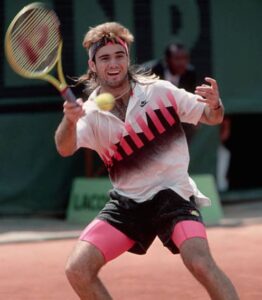

Hello everyone, it’s my first visit at this website,
keep up posting these articles.